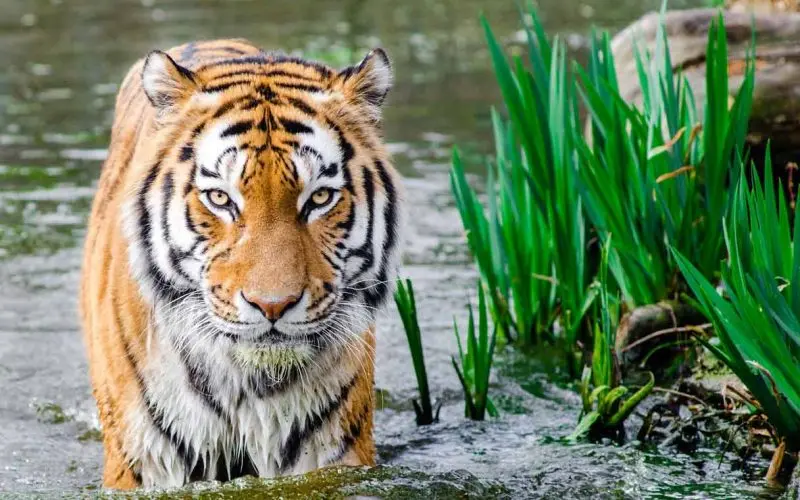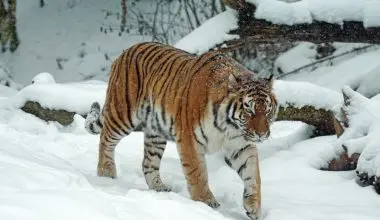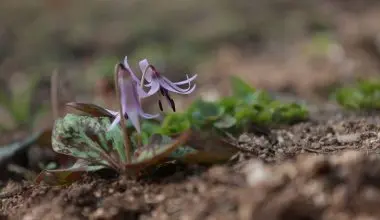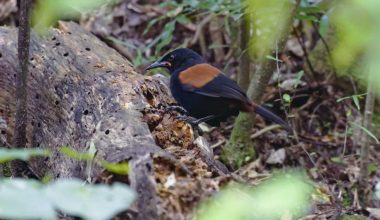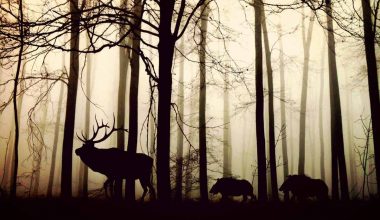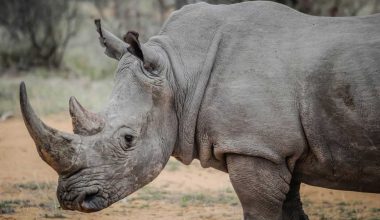Table of Contents Show
What are Species?
Biologically speaking, species are a group of organisms similar to each other that can also exchange genes and interbreed with one another.
It’s the most basic way of classifying organisms into a group based on similar characteristics and inter-reproduction capabilities.
Species can be classified into 5 different types according to their role in the ecosystem and conservation organizations.
What are Priority Species?
The terms ‘flagship’ and ‘keystone’ have consistent definitions across the community of conservation. However, Priority species is a term birthed by WWF which has the sole purpose of communication to the management.
For WWF, a priority species which may be a flagship or keystone species is chosen to represent the ecological balance of a region.
A priority species is one on which the WWF would act upon to improve or restore the ecological balance.
WWF has selected 10 clusters of priority species as follows;
- Bears (along with Giant Pandas)
- Big Cats (Tiger, Leopard, Cheetah)
- Cetaceans (These include Dolphins, Porpoises, Whales)
- Elephants
- Great Apes
- Marine Turtles
- Rhinos
- Sharks and Rays
- Sturgeons (Great indicators of ecosystem health)
- Vultures
These Species have been considered priority species due to following (Mostly their significance in the ecosystem):
- Species that are integral to a food chain, without which, it may collapse.
- Species that help to develop and strengthen habitats.
- Species that indicate high needs of conservation practices
- Species exploited for commercial practices
- Species important to specific cultures
A key threat across the ecological region is reflective of priority species which indicates a broader threat to the whole ecosystem.
It is usually critical to the spiritual or economic well-being of all organisms within the ecoregion.
Planning to specifically conserve these priority species will help conserve a broad amount of other species sharing the same habitats and vulnerable to similar threats.
What are Keystone Species?
Keystone species play an essential role towards the functioning, structure or productivity of a habitat/ecosystem at a defined level.
If these species disappear, it may lead to a significant change in the ecosystem or dysfunction in maintenance of the habitat structure.
Even some insects can act as keystone species.
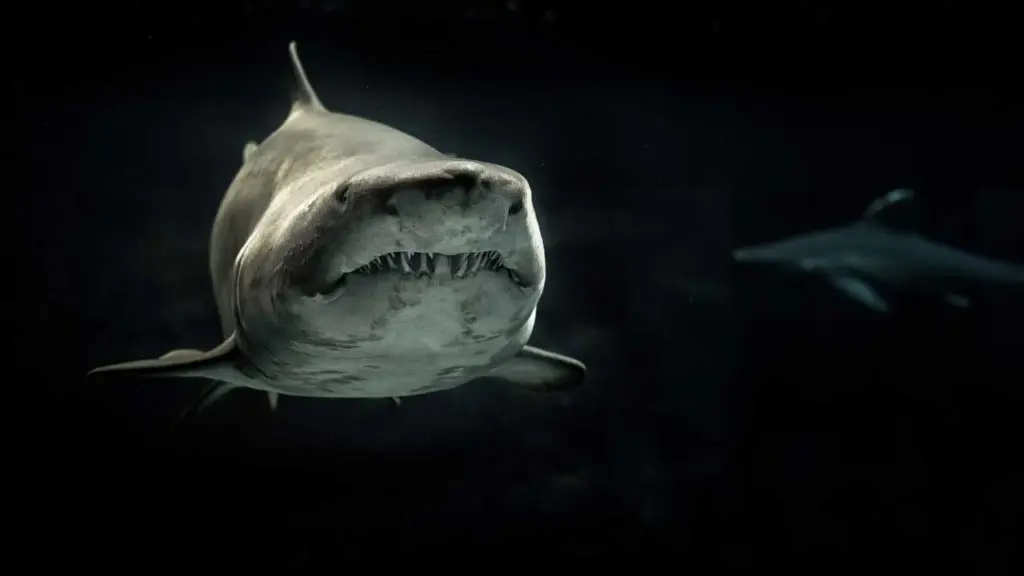
If the keystone species are focussed, Conservation practices of these species would help to protect the function and structure of a wide range of habitats which are linked with these species in its life cycle.
For Examples; you can read 16 Examples of Keystone Species.
What are Indicator Species?
It is basically a group of species chosen as an indicator or a proxy to represent the state of the ecosystem as well as a certain process within that ecosystem. Examples of this could be crayfishes which indicate that the water is fresh in quality or loss of native plants indicates the impact or presence of alien species.
A more specific example would be how Russian Sturgeons indicate the ecological balance within the Danube river ecosystem.
What are Flagship Species?
Flagship species are selected from the ecosystem to act as a symbol, icon or an ambassador for a defined issue, campaign or for environmental causes.
By showing conservation of flagship species, organizations can save and conserve other species in the habitat vulnerable to similar threats.
They are charismatic and widely known among western cultures as they are relatively large. They might not be keystone species but they are shown as indicators of the biological diversity in the ecosystem.
Did you know? All of the top ten charismatic species including lions, tigers, giraffes are endangered.
Flagship species are divided into 3 categories including International, cultural and ecological species.
Traits of flagship species
Flagship species are iconic throughout the world because they have a unique appeal.
Many countries and regions have chosen unique flagship species to represent as their national animals.
An example of this would be the Brown Bear and Iberian Lynx in spain. The flagship species are also used as a weapon to argue for the objectives of conservation.
Examples of Flagship species
- Asian Elephant (Elephas Maximus) is again, a flagship species in India
- African Elephant (Loxodonta spp) is flagship species for the WWF African Elephant Programme
- Bengal Tiger (Panthera Tigris) is considered a Flagship species for a campaign in India
- Giant Panda (Ailuropoda melanoleuca) is used by WWF as their Flagship species.

Giant Panda
Management Problems of Flagship Species
While we talk about flagship species, we shall also talk about the problems faced while managing them. Many organisations neglect other species in conserving the flagship species.
For example, WWF flagship species have mammals and a few birds, but almost no plants on the list.
It is very important to understand and remember that there are other species which inhabit this planet as well and there are other groups of species more endangered and may need protection.
Some of those may also be indicator species and keystone species. Even those play a very important role in the function, structure and production of the ecosystem.
The umbrella species which are linked with flagship species are also the key to conservation biology.
Link between Umbrella species and Flagship species
Umbrella species require complex and vast habitats, their conservation is directed towards conservation of the entire ecosystem they belong to.
Many umbrella species are usually nominated to be flagship species because the conservation of the Umbrella species aims to conserve the ecosystem holistically.
For example; In order to conserve the gorillas of Africa, it is important to protect the whole forest which also includes other species in the same habitat, thereby conserving those as well.
